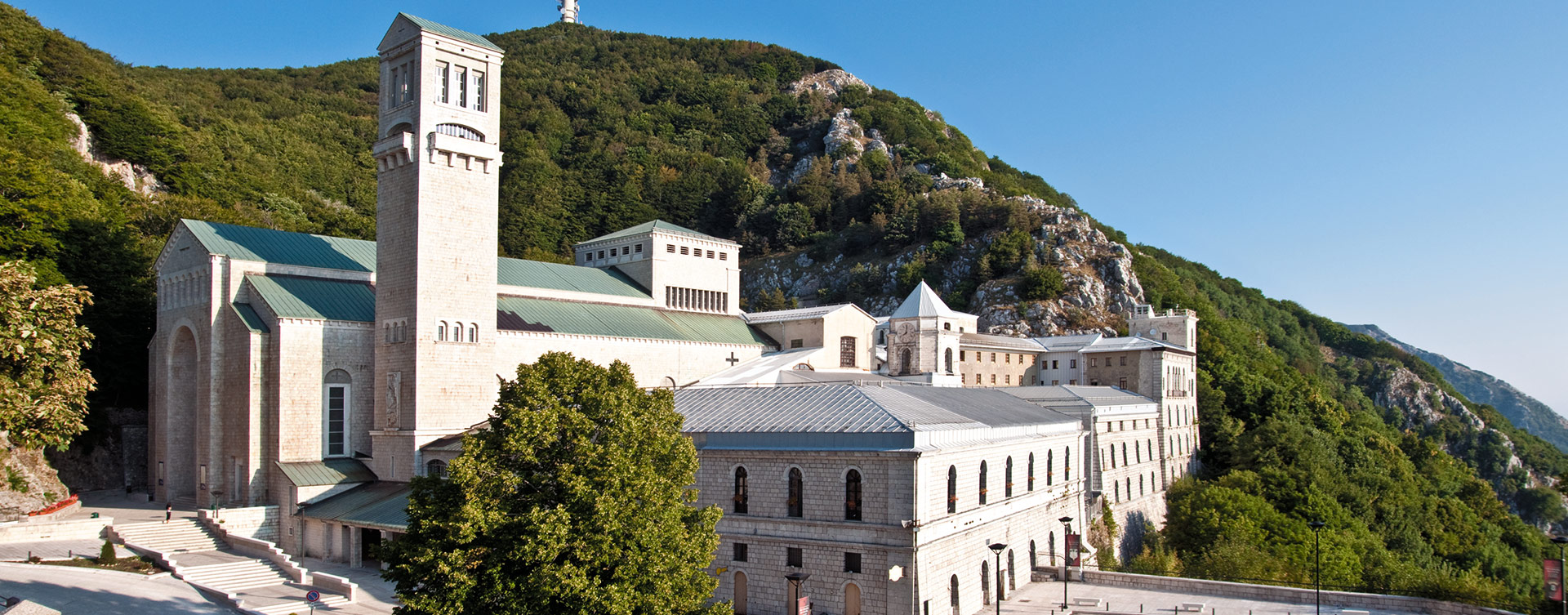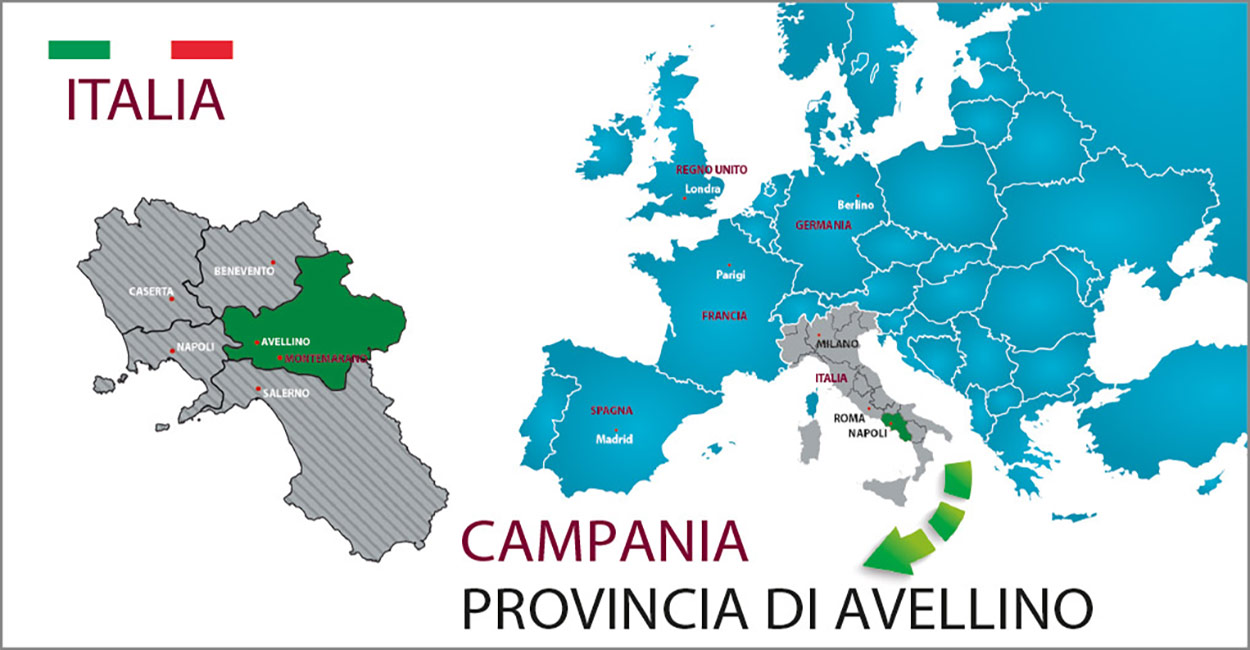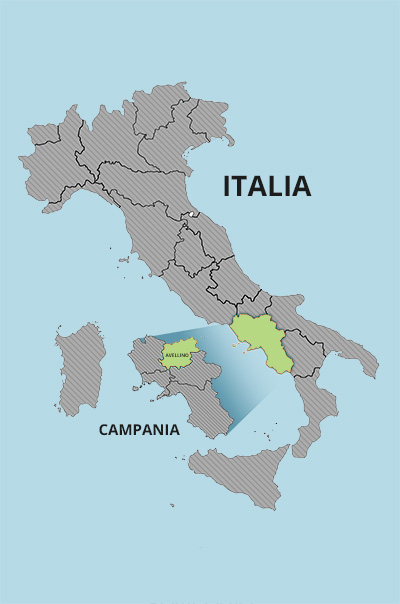
Italy, Campania, Irpinia
Land of millenary traditions, cradle of peoples and civilizations, guardian of rare beauties and precious excellences, Italy is known throughout the world especially for its agro-food and eno-gastronomic productions, which have always contributed to spreading the knowledge of in Italy in the world. Each region is characterized by certain specificities, the result of the geography of the territories, the climate, the quality of the land, but also of processing methods, often artisanal, which have remained unchanged over time and passed down from generation to generation to the present day. The cultivation of vines is widespread on a large part of the Peninsula, whether native or of ancient import, so much so that it is now considered of Italic derivation in all respects. In Campania, the main types of lives present today were introduced by the Greeks, who transferred their wealth of knowledge here, creating an economic, productive and social substratum that is still alive today. Their vines soon spread to what the Romans rightly called Campania Felix, and took root in particular in an internal geographical area, Irpinia, corresponding mostly to the current province of Avellino. The soil, the climate and the work of the people of Irpinia have been able to transform the original Hellenic vines into plants whose fruits originate masterpieces of taste, now awarded with the DOCG mark.
A green land between two seas
Halfway between the Adriatic and the Tyrrhenian, Irpinia shows itself in suggestive landscapes of green hills full of woods and wide valleys crossed by numerous rivers that have made this land fertile for centuries. A place of natural beauty where people from different eras have chosen to settle, imprinting the local character with their culture and leaving behind tangible evidence of their passage. Indelible signs of their presence, in addition to historical monuments and artistic beauties, are undoubtedly the animal and plant species introduced by them, in such remote times that they are now considered indigenous. This is the case of the vine that in Irpinia has taken root very well in a large part of the territory, giving rise to the raw material from which today three fine DOCGs are born: Fiano di Avellino, Greco di Tufo and Taurasi, obtained from grapes of the Aglianico vine. . Having become an integral part of the landscape, the vineyards have enriched a land that enchants those who discover it from a social, anthropological and economic point of view, fascinating for its multifaceted aspects. Whether you choose to approach Irpinia through its naturalistic paths, or through the path traced by the numerous places of faith and devotion of which the province is dotted or by visiting its extraordinary castles and fortified villages, in whose shadow traditions and knowledge handed down jealously from generation to generation, this ancient land will never fail to surprise. Many itineraries, infinite routes that induce the traveler to stop, arousing the desire to know more of these places that have seen the passage of other travelers, be they pilgrims, knights, merchants or famous lords and writers. A green treasure chest which is counterpointed by the ruby red color of its best wine.




